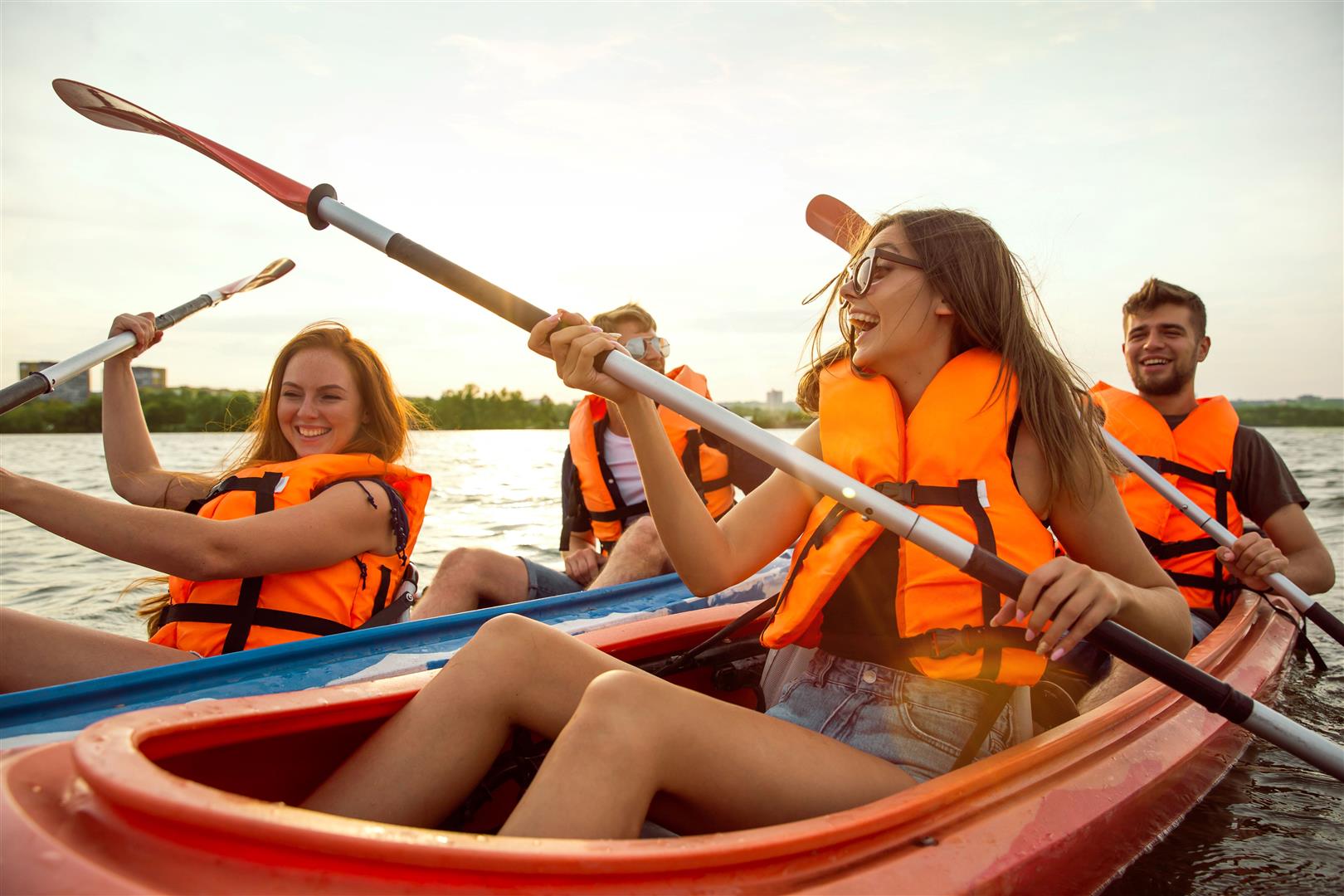
Illnesses or accidents in water are considered to be of serious magnitude, especially drowning is a water traffic accident that can be managed. Therefore, if you are someone who likes water activities, you should learn about the dangers of the currents to be safe.
When waves hit the shore at an angle, coastal currents that flow parallel to the coast are created. These currents proceed along the coast, creating sandbars or beaks in river estuaries where the waves break and gather the tidal masses. When the water has nowhere to go along the coast, it will flow off the coast, forming a mass of water flowing perpendicular to the coast called Rip current. This current carries sediments offshore as well as swimmers who happen to be swept into the waters of the Rip current. When you feel within the Rip current’s territory, swim parallel to the shore out of the Rip current’s zone to swim back to shore. Do not swim backstream to shore within the Rip current zone as you will tire before reaching shore and may drown.
The Rip current is the cause of coastal drowning while swimming or swimming each year, caused by the water finding its way out to the sea and there is a misconception that this tide pulls people underwater. It doesn’t actually drag people under the sea though. Most people will try to swim against it until they are exhausted and unable to continue afloat.
The backflow is caused by the formation of a sandbar offshore where the water backflows through most sandbar channels and the current weakens beyond the sandbar. The danger is due to the strong and fast currents that are common in surf beaches.
For the 5 types of signals that will cause a reverse tide, they are:
- The water turned brown from the sand stirred to turbid from the water.
- Foam on the surface of the water farther from the shore than the head wave.
- The head wave broke off on both sides of the current.
- Debris floats into the sea.
- There was a small ripple effect while the surroundings were calm.
However, it is not necessary to have all 5 signals in order to cause a reverse tide. There may be 1-2 things.
The 4 types of reverse currents are:
1. Persistent: Occurs in unchanged or stable seas, with very little change or favorable factors, such as rock troughs, coral reefs, drains, or permanent structures such as piers, wave barriers.
2. Stationary: Depending on sea conditions, the movement of sand is usually caused by channels or troughs in the sea bed supported by sand.
3. Flash: Transient anywhere caused by large waves forming for a short period of time causing water masses to flow back to sea. Occur without warning and relatively short-lived
4. Tourist: Travels along the length of the beach and gradually weakens due to strong coastal waves.
While the risks of inclement weather can include tidal conditions, reduced visibility, flooding, or high tides, these can also include sporadic high winds or gusts, as well as heavy rain.
Major weather hazards affecting activities at sea or at the beach include tropical cyclones, thunderstorms, strong monsoons, and monsoon troughs.
Source: National Institute for Emergency Medicine ( NIEM )
Tel: +66 2872-1600